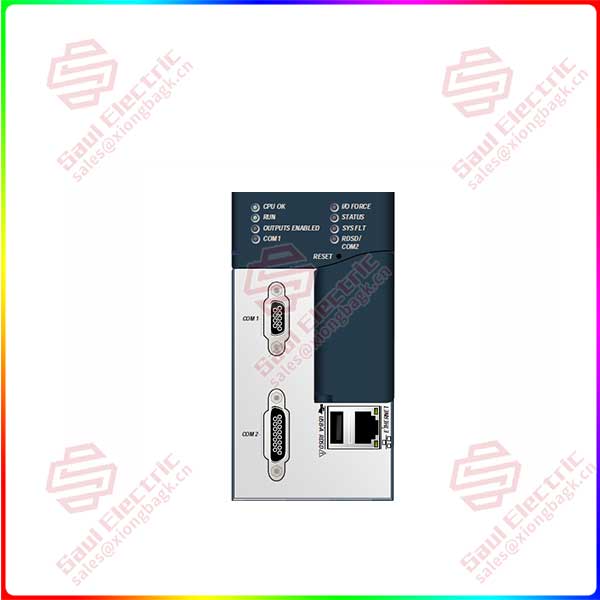Since the beginning of this year, China’s industrial economy has generally maintained a good trend of recovery, but it is also facing difficulties and challenges such as insufficient demand and declining efficiency. Qin Hailin, chief engineer of the China Electronic Information Industry Development Research Institute, said in an interview with the Economic Information Daily reporter that the current need to fully realize that “stable entity is stable market, stable industry is stable economy”, the next step with the full resumption of normal economic and social operation and a new round of stable growth policy measures gradually landing, China’s economic internal power gradually increased. The industrial economy is expected to continue to consolidate the momentum of recovery and promote the realization of qualitative and effective improvement and reasonable growth in quantity.
According to the National Bureau of Statistics, the added value of industrial enterprises above designated size increased by 3.8% in the first half of this year, and the growth rate picked up month by month. Among the 41 industrial categories, 26 industries achieved growth, with an increase of 63.4%. However, at the same time, some industries are still showing downward pressure, and the overall recovery of industrial profits is slow.
In this regard, Qin Hailin believes that from the external perspective, high inflation in foreign countries, intensifying geopolitical conflicts, continued turmoil in financial markets, increasing trade barriers, and a complex and severe external environment continue to affect the growth momentum of the global economy. From the internal point of view, domestic demand is insufficient, some enterprises are difficult to operate, and there are certain risks and hidden dangers in key areas of manufacturing, which have affected the overall higher level of recovery of the manufacturing industry to a certain extent.
“In the current internal and external environment, we must fully realize that ‘stabilizing the entity is stabilizing the market, stabilizing the industry is stabilizing the economy’, boost confidence in the development of the manufacturing industry, and improve the profits of manufacturing enterprises.” Qin Hailin said that it is necessary to speed up the transformation and upgrading of traditional industries, and strive to improve the level of high-end, intelligent and green; We will strive to cultivate and strengthen emerging industries, enhance industrial scientific and technological innovation capabilities, and lay out a number of future industries in a forward-looking manner. We will make greater efforts to promote the specialized and innovative development of small and medium-sized enterprises and consolidate and upgrade the basic market. We will improve the industrial policy system and promote efficient coordination between industrial policies and fiscal, taxation, finance, trade, investment, and human resources policies.

IC695CPE310-ABAB
It is worth mentioning that the current pace of high-quality development of China’s manufacturing industry has accelerated significantly. In the first half of the year, the output of new energy vehicles increased by 42.4%, and the cumulative output of new energy vehicles in China exceeded 20 million. The output of solar cells, industrial control computers and systems increased by 54.5% and 34.1%, respectively. 5G applications have accelerated to expand and deepen in key areas such as industry, medical care, education, and transportation, with a cumulative number of application cases exceeding 50,000.
Qin Hailin believes that China’s manufacturing industry has a large scale, a complete system, with the largest potential domestic demand market, in high-speed rail, ships, electric power equipment, construction machinery, communication equipment and other fields have formed unique advantages, personal computers, mobile phones, household appliances, solar panels and other important products accounted for more than half of the world’s output. However, there are still shortcomings such as key core technologies being controlled by others, insufficient supply of high-end technology products, weak industrial foundation, rising factor costs, lack of high-tech personnel, and poor economic cycle.
Qin Hailin believes that the next step in the development of China’s manufacturing industry forging long board, making up short board, and strengthening the foundation should be coordinated from four aspects. First, we will strengthen research in key technologies, further enhance the resilience of development, accelerate research in innovation-driven science and technology, and accelerate the building of an independent, controllable, secure and stable industrial chain and supply chain system. Second, accelerate the transformation and upgrading of traditional advantageous industries into high-end, intelligent and green industries, and enhance their voice and competitiveness in the global division of labor. The third is to prospectively layout a number of future industrial fields, create new competitive advantages, and comprehensively enhance the modernization level of the industrial system. Fourth, we will promote the integrated development of industries, accelerate the deep integration of the innovation chain, industrial chain, capital chain and talent chain, promote the high-quality coordinated development of the primary, secondary and tertiary industries, the upper, middle and downstream industries, and large, small and medium-sized enterprises, and accelerate the formation of a regional economic layout featuring complementary advantages and high-quality development.
Recently, general artificial intelligence represented by large models has continuously made technological breakthroughs, realizing the leap of artificial intelligence from perception to cognition and from quantitative change to qualitative change. Qin Hailin said that the manufacturing industry should make better use of digital technology in both depth and breadth to achieve technological innovation and model innovation. From the depth point of view, general artificial intelligence will further empower the manufacturing industry, and use large-model technology to pull 5G, remote sensing, cloud computing, Internet of Things, big data, artificial intelligence, model algorithms and other new generation information technologies to deeply empower all aspects of the manufacturing industry. From the perspective of breadth, general artificial intelligence technology will be more widely used in multiple links of the manufacturing industry chain, innovation chain, capital chain, etc., to open up information blocking points and promote the manufacturing industry to achieve higher quality development.
 1 Year Warranty
1 Year Warranty





